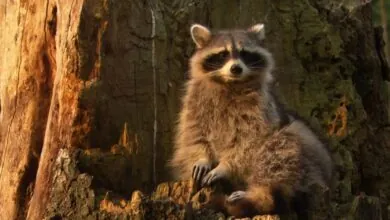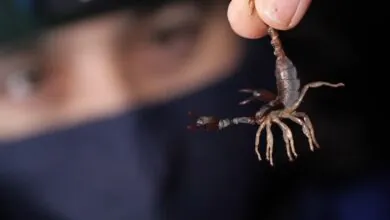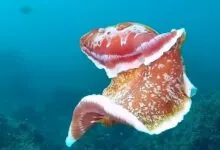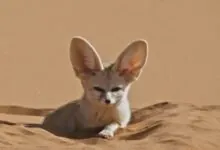Balinese Cat Breed: Siameses in Silk Robes
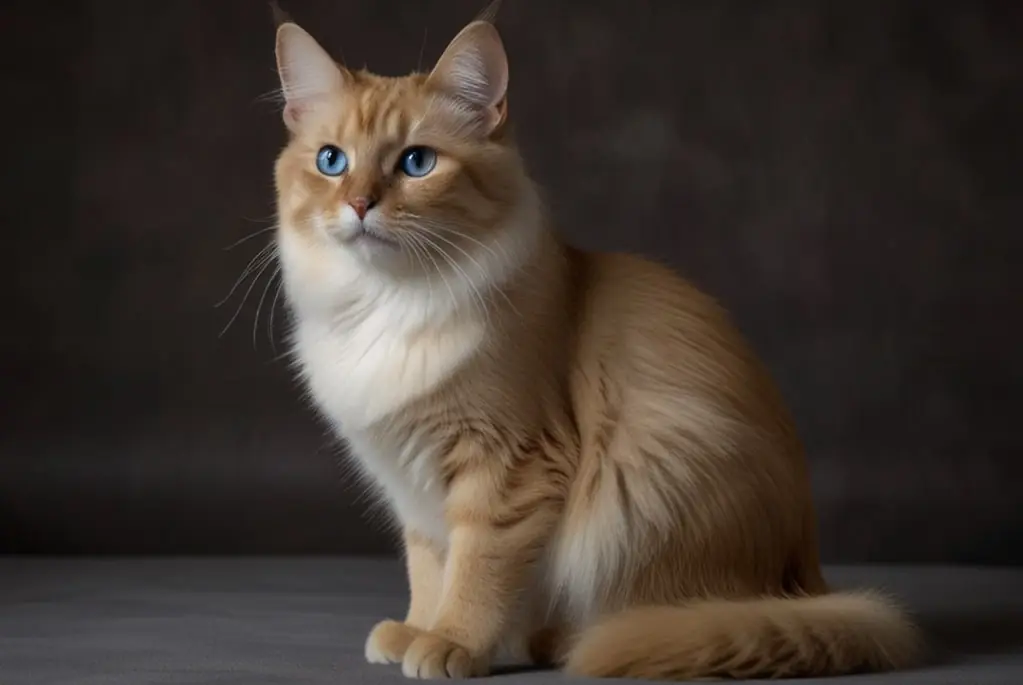
Looking for a feline companion as graceful as a ballerina and chatty as a best friend? Look no further than the Balinese cat breed, where silky fur meets sparking sapphire eyes and playful antics pirouette across you living room. These feline friends boast an astonishingly laid-back nature and a purr that could melt the iciest heart. Join us in our adventure to unlock the secrets of the Balinese breed!
| Kingdom | Phylum | Class | Order | Family | Genus | Scientific Name | |||
| Animalia | Chordata | Mammalia | Carnivora | Felidae | Felis | Felis catus |
Origin and Evolution
Evolutionary History
With its short-haired cousin, Siamese, the Balinese cat breed shares a striking backstory. Both breeds trace their lineage to Thailand (formerly Siam), where longhaired Siamese kittens once in a blue moon occurred thanks to a recessive gene.
These longhaired Siamese were initially presumed undesirable and excluded from breeding for many years. Nonetheless, in the mid-20th century, American breeders saw their potential and kicked off a dedicated effort to establish them as a distinct breed.
Genetic Composition and Diversity
In contrast with their short-haired counterparts, these cats possess an additional copy of the longhair gene (LH), responsible for the luxurious fur of Balinese cats. This gene lies on chromosome A1 and interacts with a plenty of other genes affecting hair length, texture and growth cycle.
Environmental Adaptations
When it comes to the Balinese adaptations, particularly the environmental, the longhaired coat of these cats offer surprisingly good insulation n both hot and cold environments albeit it may seem like a disadvantage in warmer climates. The double layer of Balinese coat, having fine downy fur beneath the longer guard hairs, assists to regulate body temperature effectively.
Geography
| Continent(s) | Developed as a breed in North America |
| Countries | Found in the United States and Canada, with limited distribution in Europe |
| Bio-geographical Realms | Nearctic (North America) realm due to its origin in the U.S |
| Biome | Domesticated species |
5 Balinese Cat Facts
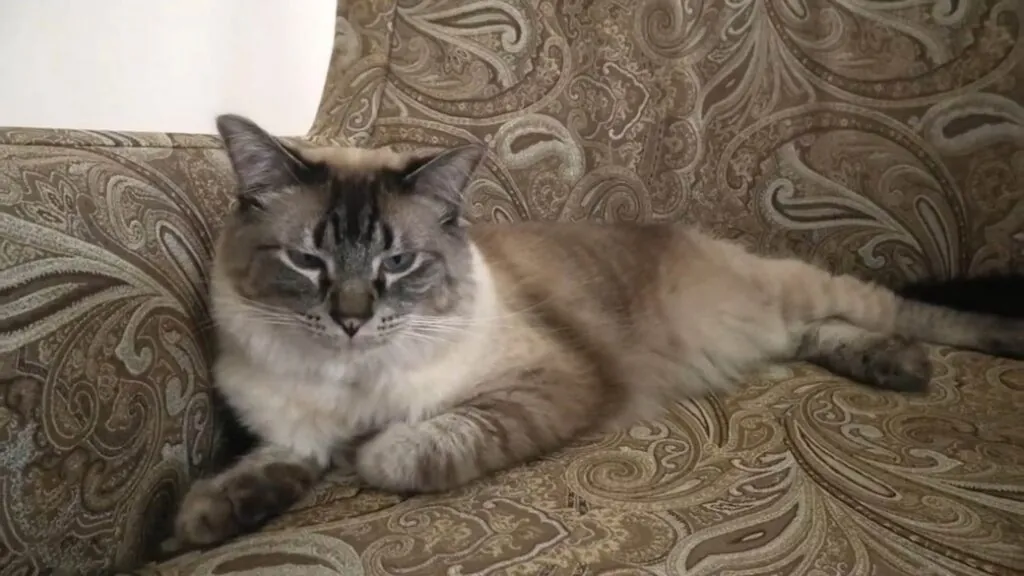
Appearance
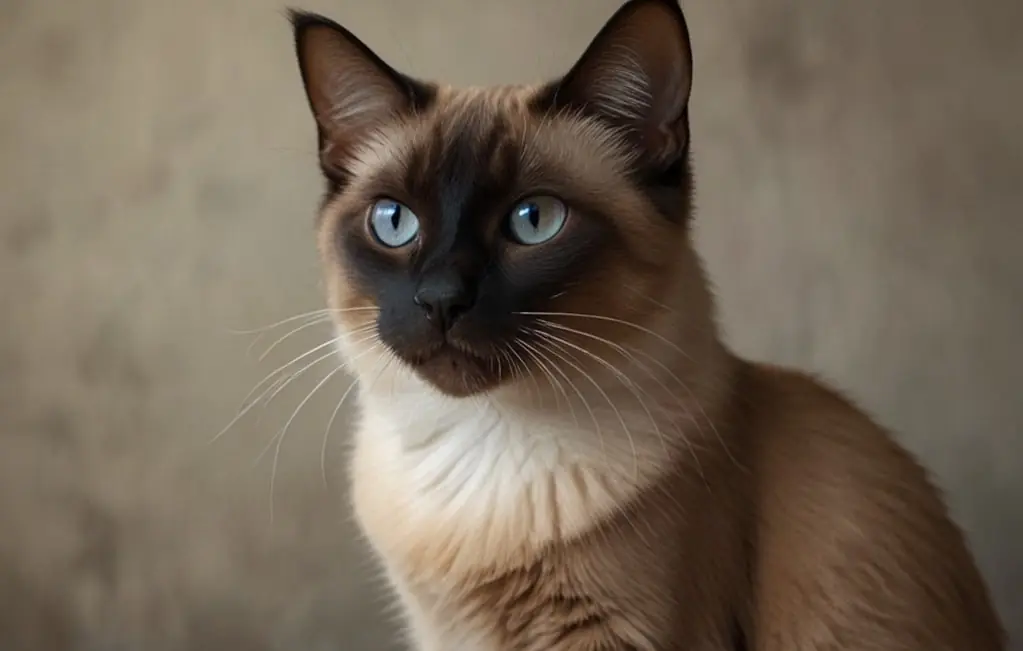
Physical Characteristics
Size: Speaking of the Balinese cat size, they’re medium-sized felines having males generally weighing 4 to 8 kg (8.8-17.6 lbs) and females slightly smaller at 3-6 kg (6.6-13.2 lbs). Their length, excluding the tail, ranges from 33-40 cm (13-15.7 inches).
Shape: These cute cats boast a long, graceful and slender build with fine bones, constructing an elegant and athletic silhouette.
Color: Concerning the Balinese cat colors, their coat comes in a variety of mesmerizing colors and patterns, from the traditional Siamese point markings (seal, chocolate, lilac and blue) to rarer variations like red, cream, lynx and tortie combinations.
Markings: The point colorings showcase a fascinating contrast, with lighter cream or white bodies adorned with darker “points” on the face, ears, legs, and tail.
Distinctive Feature: In terms of the Balinese cat appearance, their most defining feature is the luxurious, semi-longhaired coat, growing up to 10 to 15 cm (4-6 inches) in length.
Sexual Dimorphism
Like many other cats, male Balinese cats tend to be slightly larger and heavier than females; their heads may be broader and their bodies more muscular. Nevertheless, the most distinguishing difference lies in their jowls; males can develop conspicuous jowls as they mature, while females normally retain a more delicate facial structure.
Types of Balinese Cats
Beneath the enthralling exterior of the Balinese cat breed, there lies a diverse array of coat colors and patterns, each adding an unparalleled touch to their charm.
Classic Point Colors
These Balinese cats – the epitome of elegance – sport the traditional Siamese point markings. Their creamy bodies are embellished with awe-inspiring color accents on the face, ears, legs and tail.
Diluted and Bi-color Points
These Balinese cat variations provide a playful twist on the classic point colors, adding a touch of uniqueness and personality.
Tough point colors are the hallmark of the Balinese, some variations venture beyond the traditional markings.
Traditional and Modern Purebred Cats
Body Types
The Balinese cat breed come in two recognized body types: traditional and modern. Both types share a plethora of defining traits, encompassing mesmerizing sapphire blue eyes, a long, graceful and slender figure with fine bones, large ears, oval paws, a long tail and almond-shaped eyes. The Balinese breed slightly exceeds the size of its short-haired Siamese ancestor thanks to its distinct longhaired coat.
The Javanese: A Blend of Breeds
The Japanese breed originates from crossing a Balinese with a Colorpoint Shorthair, leading to a dazzling array of additional color points, now surpassing 40 in number. Though recognized as a separate breed by the Cat Fanciers’ Association in the American standard, it’s regarded a subtype of the Balinese by the Balinese and Javanese Breed Councils.
The Cat Fanciers’ Association acknowledges Balinese in only four point colors: blue, seal, lilac and chocolate. In contrast, most other associations, including lilac, chocolate, red, cream, tortoiseshell, and lynx point markings.
Balinese Cat Breed Anatomy
| Color(s) | Brown, Red, Blue, Black, Cream, Chocolate, Lilac, Caramel |
| Tongue | Rough textured with tiny pink spines (papillae) for grooming |
| Claws | Retractable, sharp claws for climbing and hunting |
| Mouth | Wide opening with small teeth and a pink tongue |
| Jaw | Strong and muscular for biting and chewing |
| Teeth | 32 permanent teeth (12 incisors, 4 canines, 16 premolars) |
| Nose | Pink or black, depending on coat colorpoint |
| Skeleton | Similar to other cats, with 245 bones, including a flexible spine |
Life Cycles
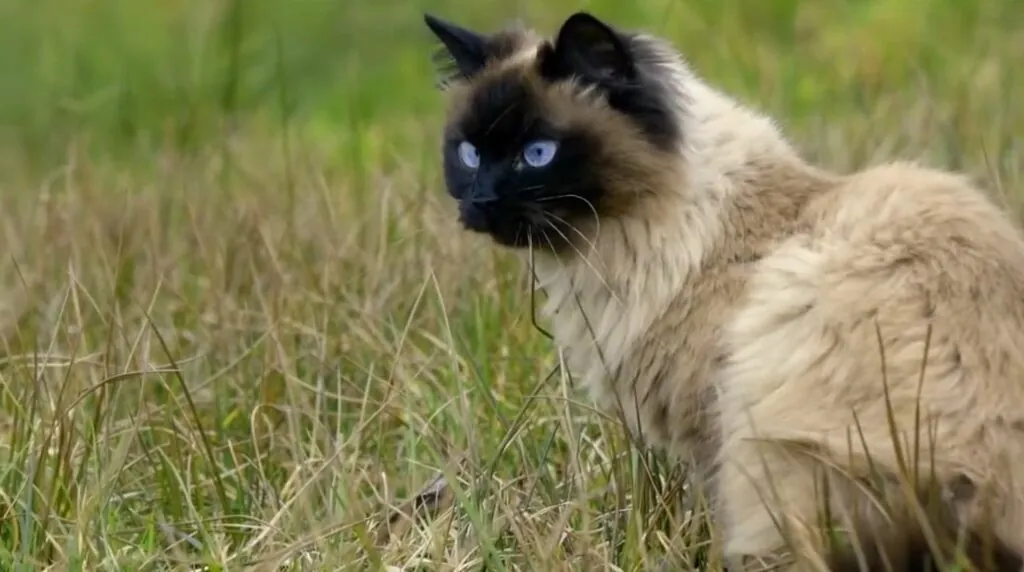
Gestation Period
In conjunction with the Balinese cat gestation period, it lasts for 63 to 68 days. Over the span of this time, the female experiences hormonal changes and physical adaptations to prepare for pregnancy and kitten development.
Life Cycle Stages
Mating Habits
| Mating Behavior | Induced ovulation; females only ovulate when mated |
| Reproduction Season | Year-round with peaks in spring and fall |
| Litter Size | 3-5 kittens |
| Gestation Period | 63-68 days |
| Baby Carrying | Mother carries and cares for kittens for first 8-12 weeks |
| Independent Age | Around 4-6 months |
| Female Name | Queen |
| Male Name | Stud, Tom |
| Baby Name | Kitten |
Balinese Cat Kittens
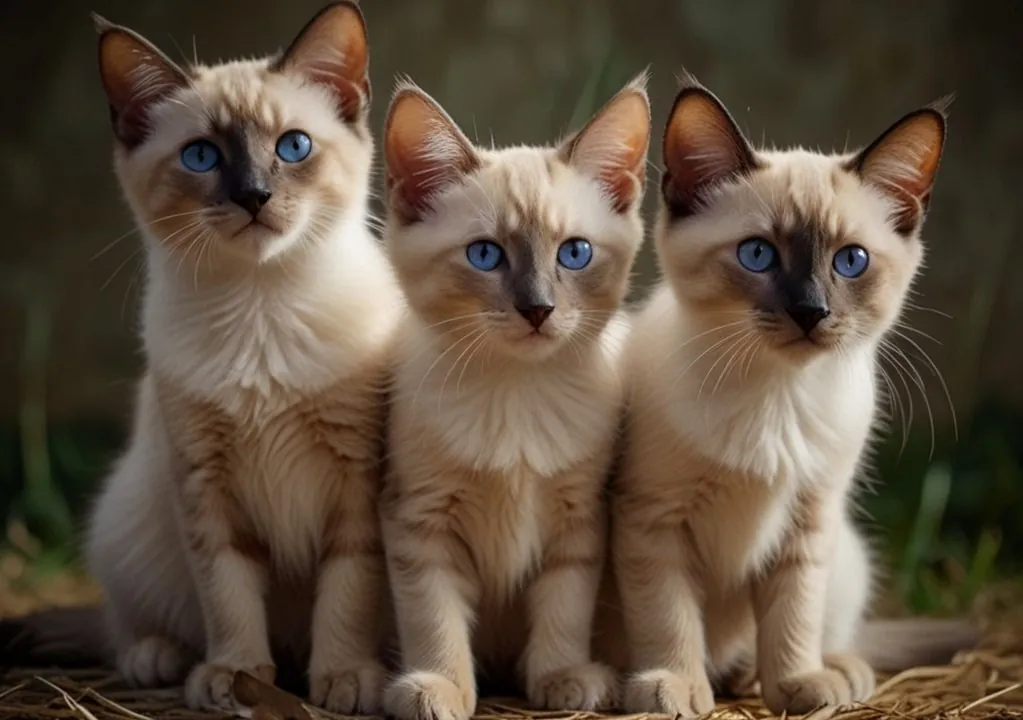
Balinese kittens showcase a vibrant zest for life and an infectious mischievousness. To polish their energetic spirits and boasting minds, offering them with an enriching environment is key. Scratching posts, enticing toy, strategically placed high perches and interactive games will provide outlets for their boundless energy.
A fascinating Balinese kittens’ characteristic is their evolving coat coloration. Though initially born with a soft cream or white fur, their signature “color points” – the darker hues on their face, ears, paws and tail – little by little develop over time. To project the final color point of your Balinese cat pet, a curious clue lies in their tiny paw pads. On the related note, got the scoop of National Cat Day.
Balinese Cat Diet
The Takeaways
Forge a path through an intriguing journey as we unfold fascinating facts about Balinese cats – truly captivating animals that start with B. Join us in shedding light on their remarkable rundown!
| Common Name | Balinese Cat |
| Other Name(s) | Purebred longhaired Siamese, Longhaired Siamese, Thai Siamese |
| Number of Species | 1 |
| Lifespan | 10-15 years on average, possibly longer with proper care |
| Weight | 4-8 kg (8.8-17.6 lbs) |
| Length | 33-40 cm (13-15.7 inch) from head to tail, excluding tail |
| Most Distinctive Feature | Long, silky coat with Siamese-like colorpoint markings |
FAQs
